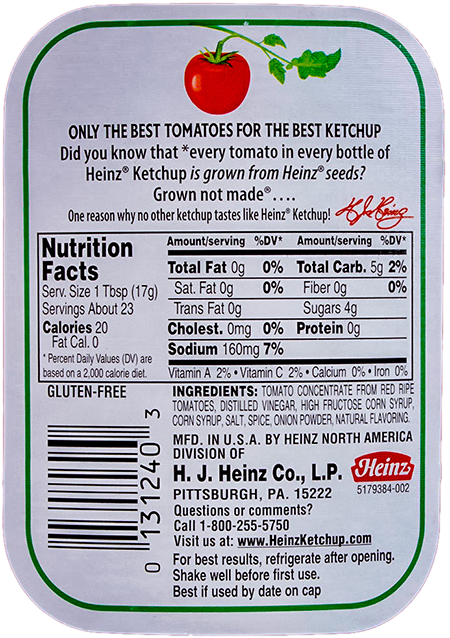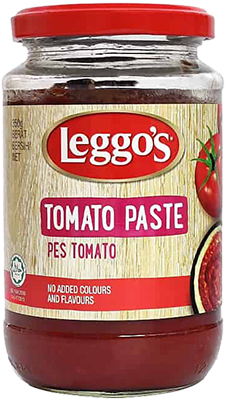|
Clem's
Heinz Tomato |
|||||||||||||||||||||||||||||||||
|
How the item became known as "ketchup" is a mystery because it is generally not disputed that the etymology of the name comes from the Chinese Hokkien language and the term "kę-tsiap" (pronounced "key chiap") used for a fermented fish sauce. How this became the name for a tomato based sauce in the US is strange and unknown. Those who use ketchup will know that its taste does vary depending on brand. This is probably why the famed "Tomato Sauce Noodles" of Kuching varies in quality and taste, depending a lot on which brand of ketchup the kitchen which produced it chose to use. Apart from being epicurious and possessing a liking for making things, my attempt in this exercise is also on the basis that people may wish to create a ketchup to their own taste. The method for preparing ketchup is very simple and quick. It is merely an exercise in blending and heating. The Heinz
company produces around 650 million bottles of the stuff which is sold
in over 140 countries world-wide. It is no doubt a much-loved version of
the sauce. Indeed until a 1973 dispute, Heinz supplied tomato ketchup to
the MacDonalds chain. There is probably no better style of ketchup to
try and make as a first attempt after which variations of the
formulation can be tried. There are many ketchup formulations which may
be found on the web but I found Todd Wilbur's "top secret recipe"
for a Heinz ketchup copy convincing. |
|||||||||||||||||||||||||||||||||
|
|
|||||||||||||||||||||||||||||||||
|
The main ingredients in US-made Heinz Tomato Ketchup ingredients
are listed as: I modified Wilbur's formulation by adding the viscosity modifier/stabilizer xanthan simply because I used to supervise the making of this polymer via fermentation (in Industrial Microbiology practical classes at the University of Western Australia). This was what I wrote previously about xanthan: "At some stage of the blending process, you may wish to add xanthan gum to produce a mixture with a smooth viscosity which does not separate over time into liquid and solids. One quarter teaspoon to 200 mL of liquid is a good start. Add more if you want a higher viscosity. Note that you should only add xanthan to a mixture that is being vigorously agitated e.g. add the powder as you are blending. If you add it to still liquid you are likely to end up with clumps which are hard to disperse.
Xanthan gum is a polysaccharide made by the bacterium Xanthomonas campestris in fermentation. It is a highly versatile polymer with interesting properties which make it very useful for food applications (look at the labelling of foods which are a paste or liquid - you will often see xanthan as an additive [given the code E415]). Xanthan is used as a thickener which holds solids in suspension in liquids so that they fall out of suspension only very slowly. It is stable against acid and alkali conditions, and is thermostable. It is thixotropic which means that its viscosity decreases when a shear force is applied to it - this is the property of sauces such as tomato which only comes out of their bottles easily after you give the bottle a good shake."
Ingredients and Method
|
|||||||||||||||||||||||||||||||||
|
|||||||||||||||||||||||||||||||||
|
Conclusions
|
|||||||||||||||||||||||||||||||||
01 May 2023
Created by Clem Kuek



